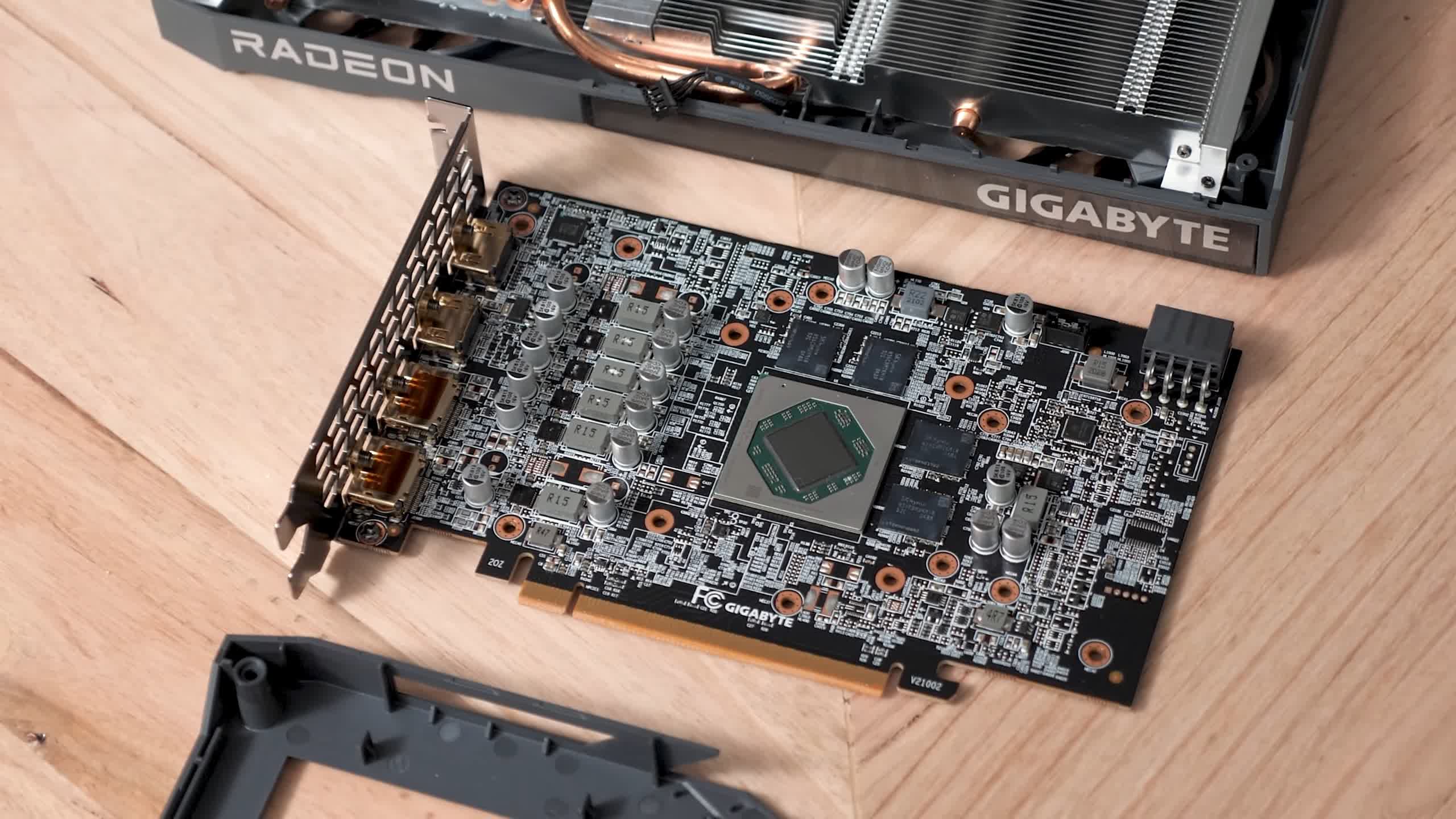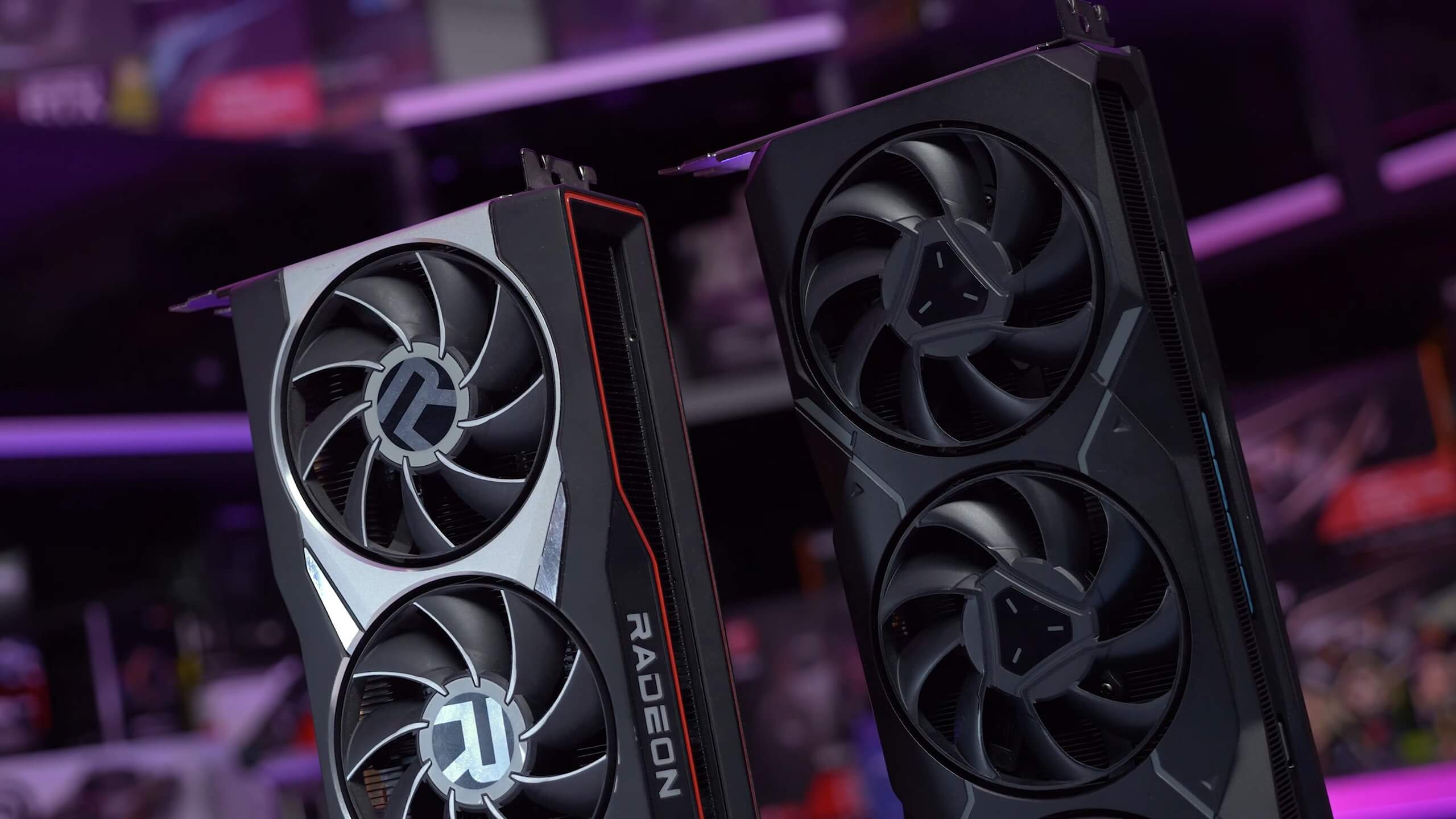In context: In March 2022, the office of the United States Trade Representative (USTR) announced it was exempting certain categories of Chinese products from the tariffs introduced under Trump. Those exemptions were scheduled to expire on December 31 but have been extended for an additional nine months.
Then-President Donald Trump directed the USTR to create the tariffs in 2018 amid the trade war with China. After the Biden administration took power, the USTR started an investigation into the usefulness of the tariffs and based on its initial findings, granted exemptions for 352 product categories out of a possible 549. Their extension "will help align further consideration of these exclusions with the ongoing comprehensive four-year review," the USTR explained in a brief blog.
Nvidia and Zotac were among the companies requesting that GPUs be granted an exemption this time last year. They claimed that the tariffs, which were as high as 25 percent in some cases, were compounding the problems of supply chain disruptions, shortages, and unprecedented demand. Other tech companies including Apple and Intel were also writing to the USTR with their own woes about the tariffs.
When the USTR finally relented in March, the GPU market was already starting to cool and it took just days for OEMs to start announcing sizable discounts and price cuts.

Even though the silicon parts of GPUs are mostly made in Taiwan and Korea, the remaining components like the PCB and cooler are almost exclusively made and assembled in China. Nvidia and the like argue that because there is no alternative to manufacturing them in China, the tariffs impose an excessive burden on the consumer.
In a statement, Nvidia shared that "efforts to create new capacity in countries that presently do not manufacture such products (such as the US and Vietnam) were unsuccessful and were severely hampered by the fallout from Covid-19."
The USTR's investigation concludes its second phase, which asks for feedback from all interested parties, on January 17. The first phase queried just the parties that claimed to benefit from the tariffs and ended earlier in the year. The USTR will soon begin analyzing its data and deliberating, and will hopefully have a more concrete plan to announce before the new extension expires on September 30.
